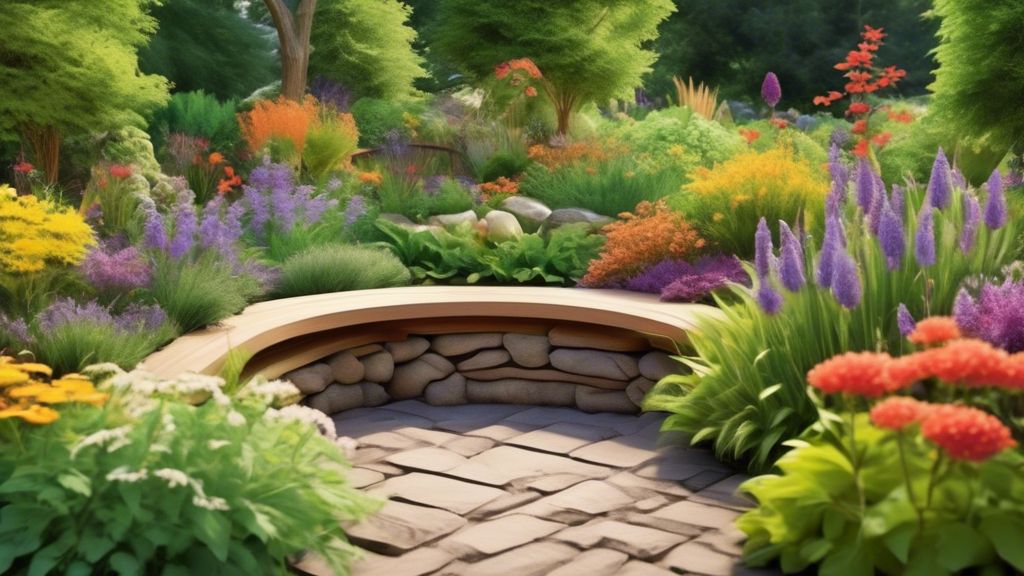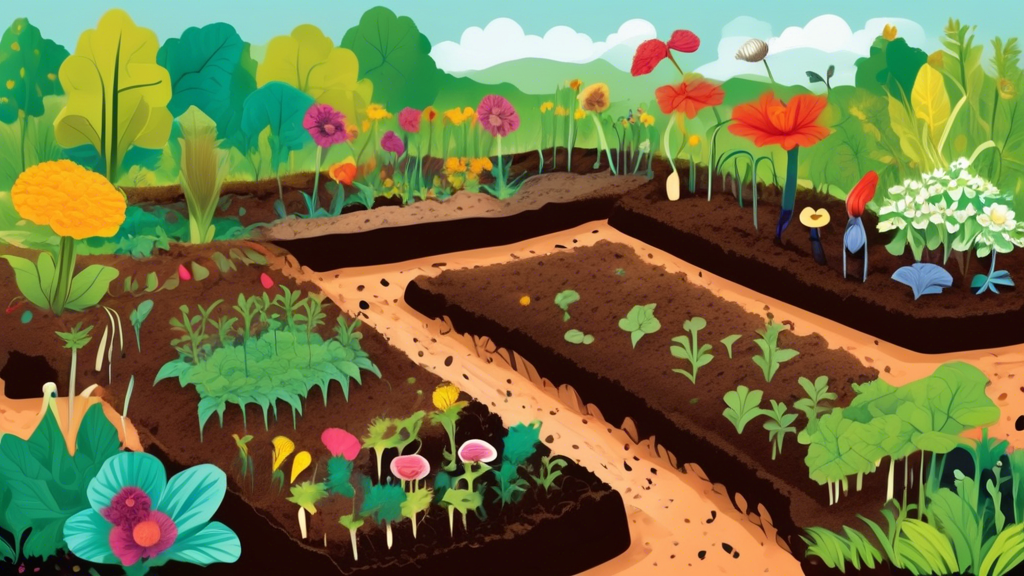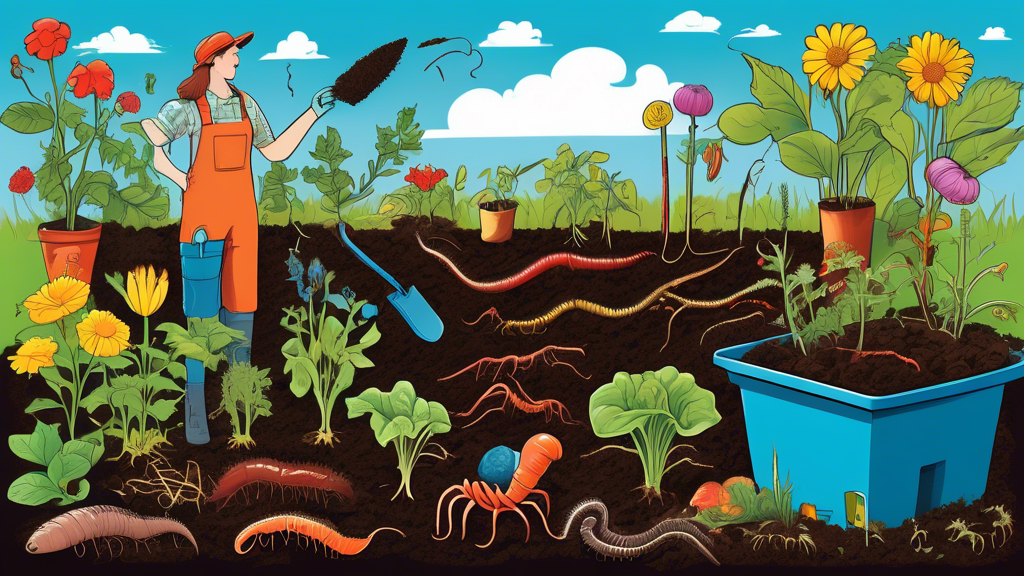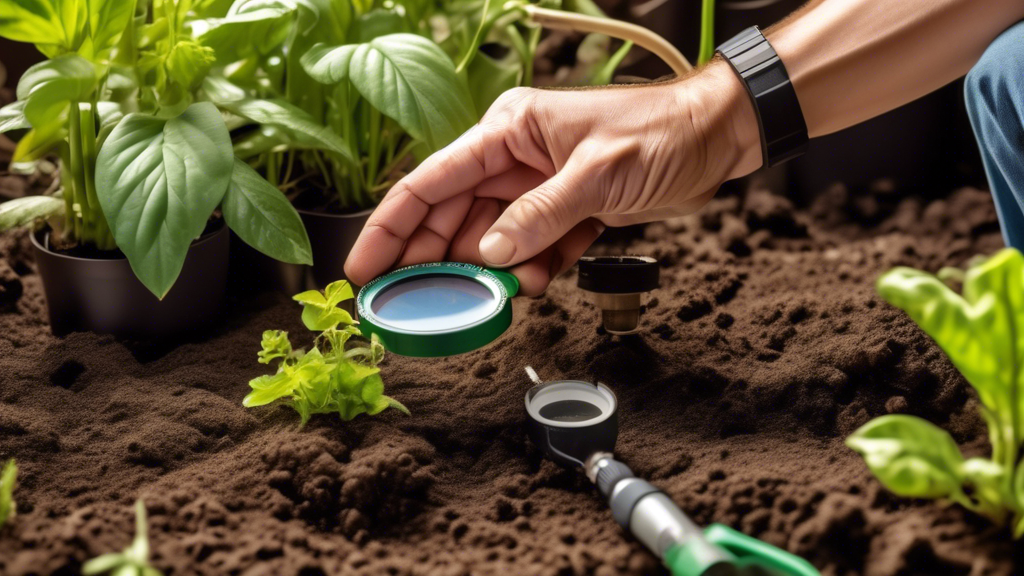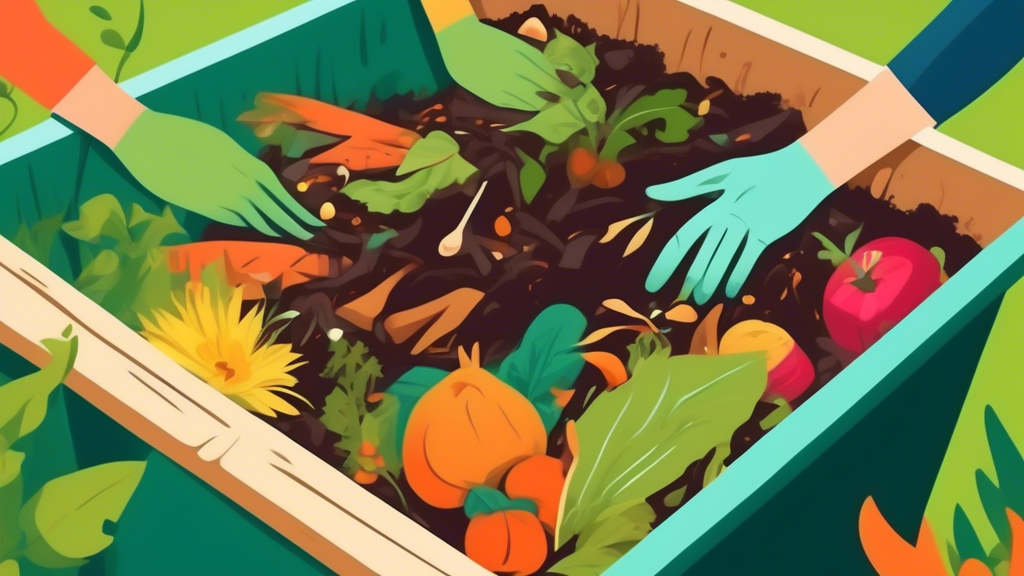
Why You Should Start Composting: More Than Just Waste Reduction
The Hidden Costs of Conventional Gardening
Many gardeners face recurring expenses and frustrations that composting can directly solve. The constant purchase of commercial fertilizers and potting mixes adds up financially, while sending kitchen scraps to the landfill contributes to methane emissions—a potent greenhouse gas. Furthermore, gardens often suffer from soil that lacks vitality, becoming compacted and unable to support healthy plant growth, leading to a cycle of dependency on synthetic products.
Composting 101: The Basic Science Behind Your Pile
The Four Essential Ingredients for Success
Creating successful compost relies on balancing four key components:
- Greens (Nitrogen): Provide protein for microorganisms. Examples: fruit and vegetable scraps, coffee grounds, fresh grass clippings.
- Browns (Carbon): Provide energy for the decomposition process. Examples: dry leaves, shredded cardboard, straw, sawdust.
- Water (Moisture): Essential for microbial activity. The pile should have the moisture level of a wrung-out sponge.
- Air (Oxygen): Necessary for aerobic bacteria to break down materials efficiently without creating foul odors.
Choosing Your Composting Method
The Classic Outdoor Compost Pile or Bin
Ideal for those with yard space, this method is cost-effective and can handle large volumes of garden waste. However, it decomposes more slowly in cooler temperatures and requires a dedicated spot in your garden.
Tumbling Composters
These enclosed barrels are mounted on a frame for easy turning. They accelerate decomposition through improved aeration and are generally more resistant to pests. The main drawbacks are the higher upfront cost and limited capacity.
Vermicomposting (Using Worms)
Perfect for apartments or indoor composting, this method uses red wiggler worms to process organic waste. It produces two valuable products: nutrient-rich castings and liquid fertilizer (“worm tea”). It requires careful management of the worms’ environment to avoid temperature extremes.
Bokashi Fermentation: A Unique, Anaerobic Method
This lesser-known technique is a game-changer for dealing with all food waste. Unlike traditional composting, Bokashi uses a special bran inoculated with Effective Microorganisms (EM) to ferment waste, including meat, dairy, and cooked foods, in an airtight bucket. The pre-compost is then buried in soil to complete its breakdown. It’s remarkably fast, space-efficient, and operates without the odors associated with decomposition.
Your Step-by-Step Guide to Creating Organic Compost
Step 1: Selecting and Setting Up Your Location
Choose a dry, shaded spot with good drainage, conveniently located near a water source. For bins or tumblers, place them on level ground.
Step 2: Building Your Pile – The Lasagna Layering Method
Start with a coarse layer of twigs for aeration. Then, add layers of browns and greens in a 3:1 ratio, occasionally adding a thin layer of soil or finished compost to introduce decomposing microbes. Moisten each layer as you build.
Step 3: Ongoing Maintenance – Turning and Moisture Control
Turn your pile every one to two weeks with a pitchfork or compost aerator to introduce oxygen. Check moisture levels regularly; if it’s too dry, add water, and if too wet, mix in more browns.
Step 4: Troubleshooting Common Issues
| Problem | Likely Cause | Solution |
|---|---|---|
| Foul Odor | Too wet, not enough air, excess greens | Turn the pile and add more browns (carbon) |
| Pile Not Heating Up | Insufficient nitrogen, too dry, or too small | Add more greens, moisten, or increase pile size |
| Attracting Pests | Exposed food scraps, presence of forbidden items | Bury food deep, avoid meat/dairy, use a covered bin |
What Can and Can’t Go in Your Compost
The “Yes Please!” List (Safe to Compost)
- Fruit and vegetable scraps
- Eggshells (crushed)
- Coffee grounds and filters
- Tea bags (check for plastic staples)
- Grass clippings (in thin layers)
- Leaves, straw, hay
- Shredded newspaper and cardboard
The “Absolutely Not” List (Avoid These)
- Meat, bones, and fish scraps
- Dairy products
- Fats, oils, and grease
- Diseased or pesticide-treated plants
- Pet wastes
- Unique Insight: Be wary of “compostable” plastics and glossy magazines. Most compostable plastics require the high temperatures of industrial facilities to break down and will persist in a home pile. Glossy papers are often coated with clays and synthetic polymers that are best kept out of your compost to avoid contamination.
How to Know When Your Compost is Finished
Finished compost, often called “black gold,” is dark, crumbly, and has an earthy smell. The original ingredients should be unrecognizable, and the pile will have cooled down to ambient temperature. This mature compost is ready to enrich your garden soil.
Frequently Asked Questions (FAQs) About Home Composting
How long does it take to make compost?
The timeline varies significantly based on the method, ingredients, and maintenance. A well-managed tumbler can produce compost in 2-3 months, while a passive pile may take 6 months to a year.
Will composting attract rats and pests?
A properly maintained compost system should not attract pests. The key is to bury food scraps under a thick layer of browns and avoid adding meat, dairy, and oily foods to open piles. Enclosed systems like tumblers or Bokashi buckets offer additional protection.
Can I compost if I live in an apartment?
Absolutely! Space-efficient methods like vermicomposting (worm bins) or Bokashi fermentation are designed for indoor use and, when managed correctly, are completely odor-free.
My compost smells bad. What did I do wrong?
A foul odor is a classic sign of anaerobic conditions, typically caused by compaction, excess moisture, or too many greens. The remedy is to turn the pile thoroughly to incorporate oxygen and add more browns to absorb excess moisture and restore balance.
Is it worth it for a small garden?
Yes, even a small amount of homemade compost is incredibly valuable. It can be used to brew nutrient-rich compost tea, as a top dressing for container plants, or to revitalize the soil in a modest raised bed, reducing the need for store-bought amendments.
Conclusion: Start Your Composting Journey Today
Learning how to make your own organic compost at home is a simple, rewarding practice that transforms waste into a powerful resource for your garden. It saves money, reduces your environmental footprint, and leads to healthier, more productive plants. Choose the method that fits your lifestyle and start with the materials you have on hand. Your garden, your wallet, and the planet will thank you.

